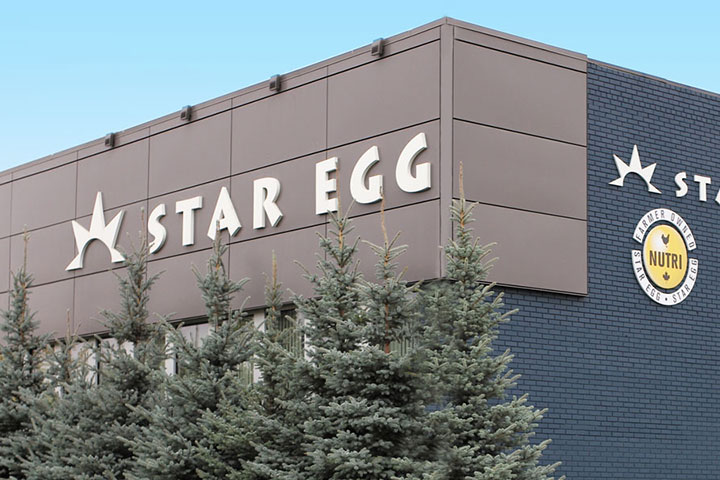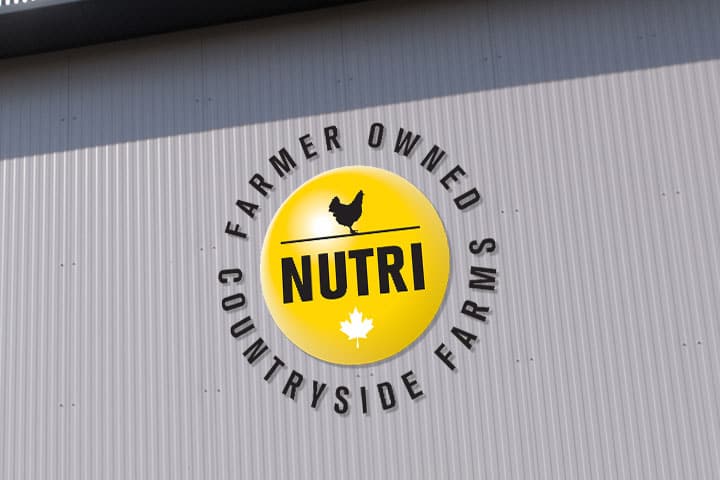Eggs are naturally gluten-free. The gluten from the hens’ diet is completely broken down during digestion, which means that eggs do not contain gluten. As for eggs pickled in seasoned vinegar, they are also gluten-free.



Eggs are naturally gluten-free. The gluten from the hens’ diet is completely broken down during digestion, which means that eggs do not contain gluten. As for eggs pickled in seasoned vinegar, they are also gluten-free.
Canadian egg farmers offer many egg options, all following the same high standards. No matter which type of egg you go for, they’re all delicious and nutritious choices.
Eggshell colour depends on the breed of hen. As a general rule, white shell eggs are produced by white-feathered hens, while brown-shelled eggs come from hens with brown-feathered hens. There is no nutritional difference between brown and white eggs, unless the hen’s diet has been enriched to produce specialty eggs.
Egg yolk colour is affected by the hen’s diet. Generally speaking, if a hen is fed a wheat-based diet, she will lay eggs with paler yolks. On the other hand, if she eats corn or alfalfa, she will tend to lay eggs with darker yolks.
Egg size depends on the hen’s age. Over time, hens lay larger eggs. Eggs are graded by weight, not circumference, at the grading station, and are then packed and labelled according to the following sizes: peewee, small, medium, large, extra large or jumbo.
Eggs that are sold as “organic” are produced according to specific standards set by the Canadian General Standards Board and certified by a recognized organization. All eggs labelled “organic” in Canada are produced in free-roaming systems where hens are fed certified organic feed.
A Grade A egg is the kind we find at the grocery store. For an egg to be considered Grade A, it must meet three criteria: shell condition, yolk position within the egg and air chamber size inside the shell. If the shell is uncracked, the yolk is centered and the air chamber is very small, the egg meets Canadian Grade A egg standards.
As hens age, the eggs they lay become larger but contain the same amount of calcium and therefore eggshell. The eggshell becomes thinner as hens age because the egg underneath the shell gets bigger.
In some parts of Canada, eggs are marked with a code on the shell. This code is part of a traceability system that provides information about the egg: the name of the farm it came from, where it was graded and its best-before date. Thanks to the traceability program, producers are able to ensure access to fresh, safe, high-quality eggs at all times.
 Star Egg
Star Egg
 Counstryside Farms
Counstryside Farms
 Nutri-Œuf
Nutri-Œuf
 Maritime Pride Eggs
Maritime Pride Eggs
 Supreme Egg Products
Supreme Egg Products